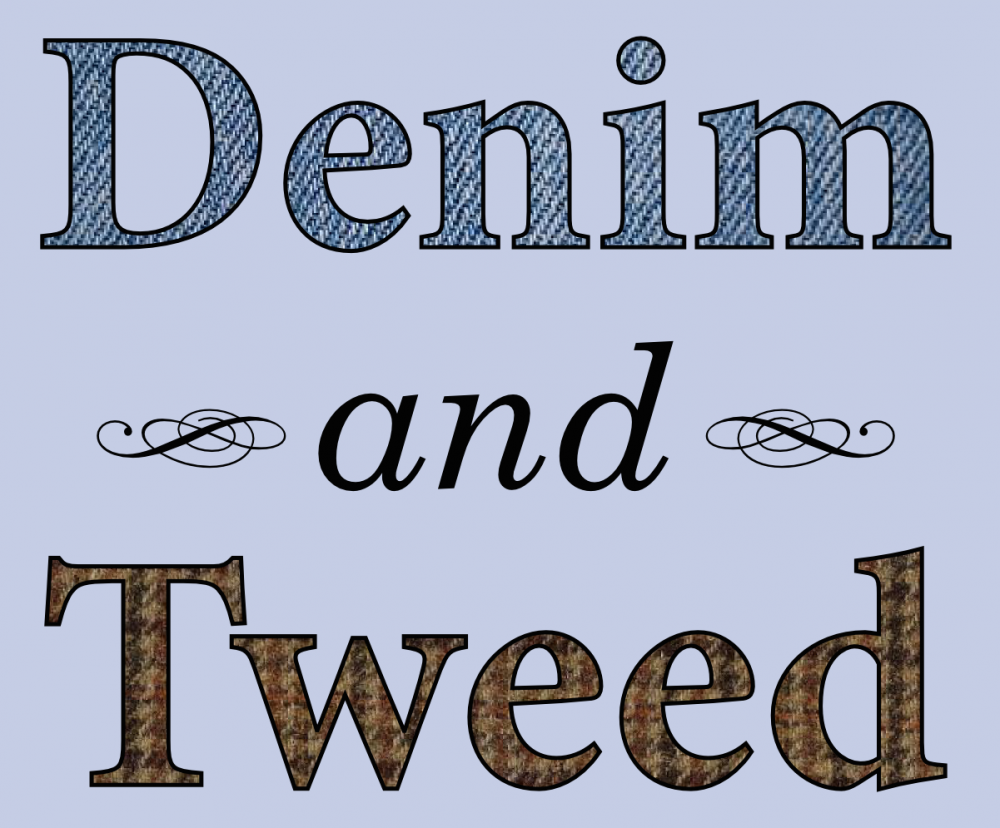 Why is my poop glowing blue? Photo by George Shuklin.
Why is my poop glowing blue? Photo by George Shuklin.Over at The Molecular Ecologist, I’m discussing a new study that traces the adaptation of bacteria moving into a mammalian gut:
João Barroso-Batista and colleagues at the Instituto Gulbenkian de Ciência and Instituto de Tecnologia Química e Biológica in Portugal first treated mice with streptomycin to clear their guts of bacteria, then fed them cultures of Escherichia coli that were genetically uniform—except that half the E. coli cells in the culture had been engineered to produce a blue fluorescent protein, and half had been engineered to produce a yellow fluorescent protein. … If a single mutation made that one cell so successful that its descendants entirely dominated the gut, the authors would be able to tell—by checking the color of the host mouse’s poop.
To find out what the study’s authors learned by sequencing the bacterial genomes in that colored mouse poop, go read the whole thing.◼









